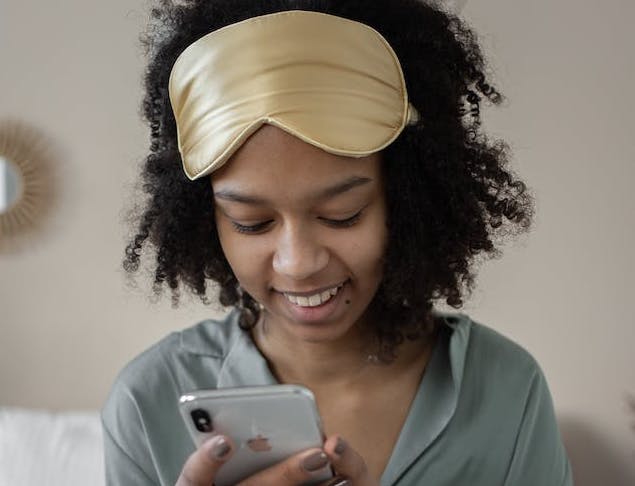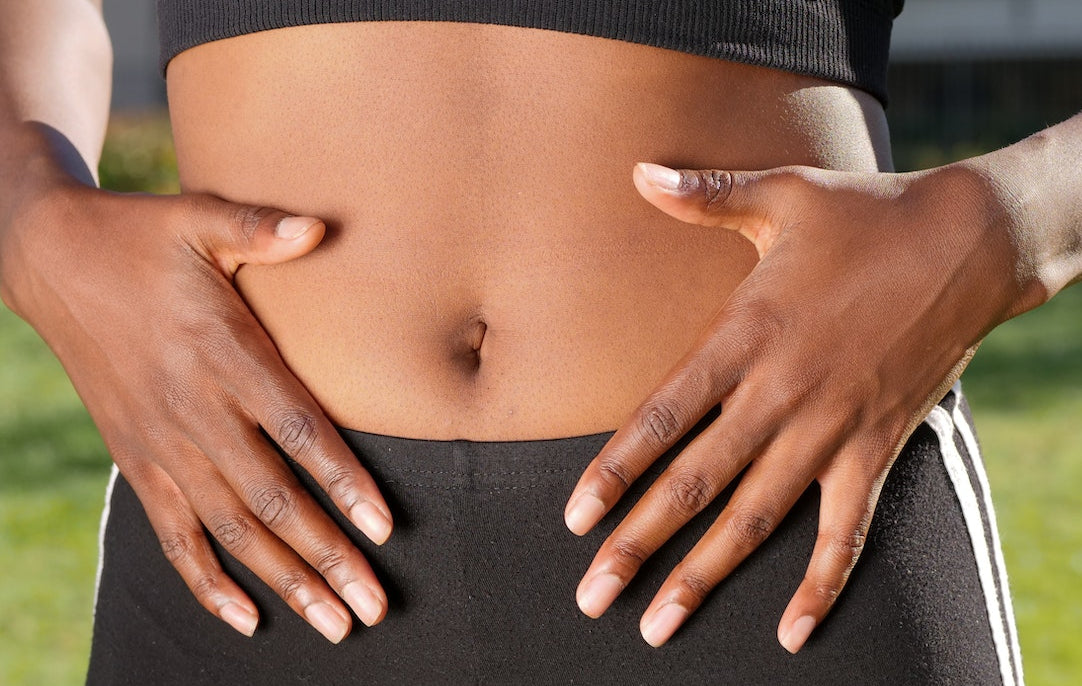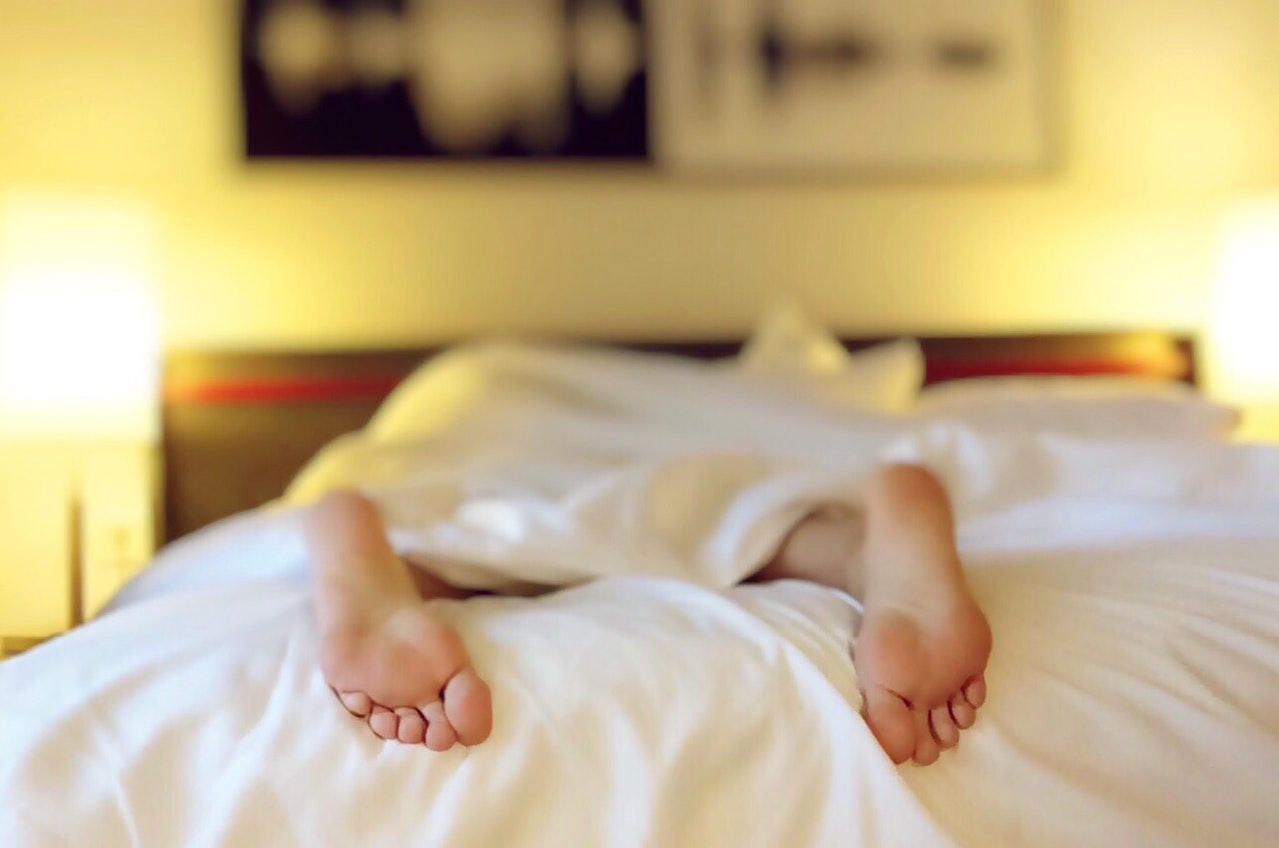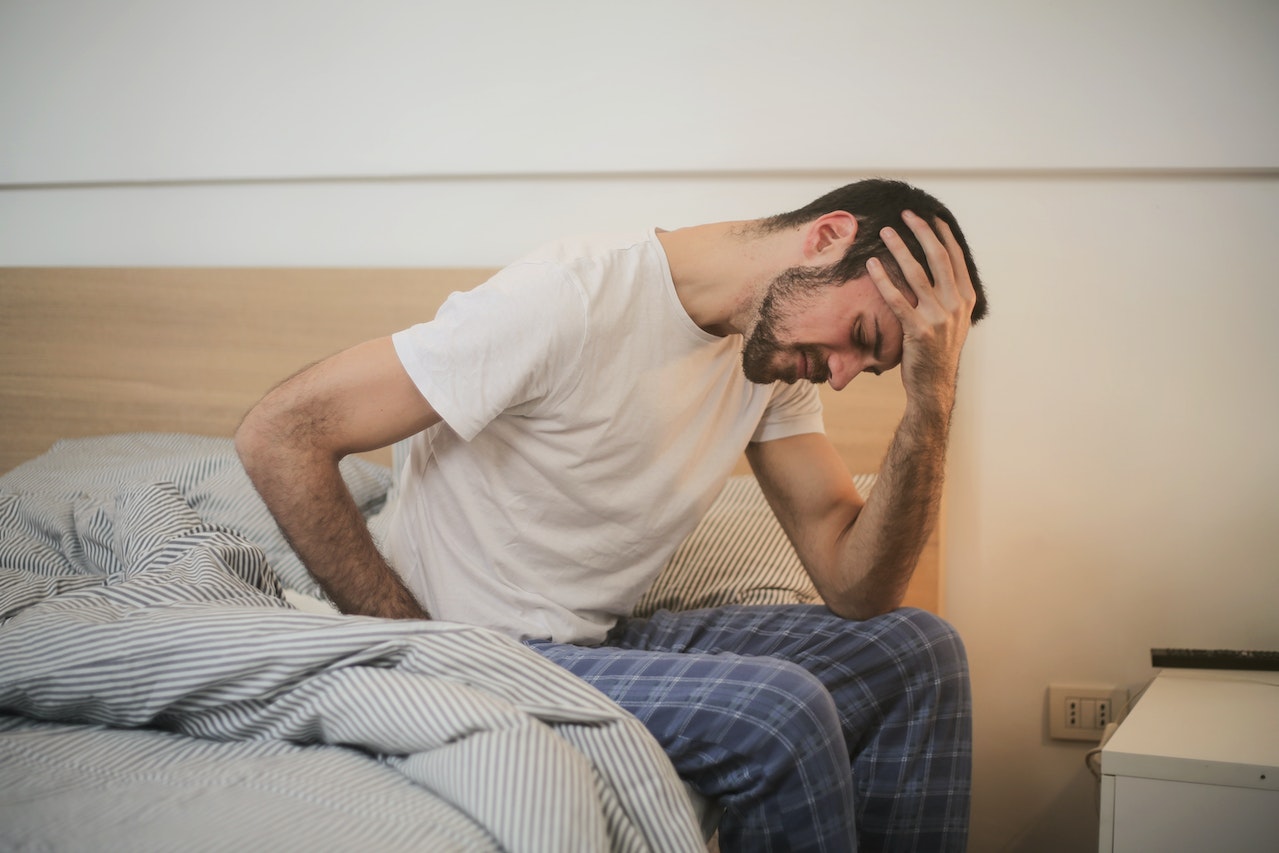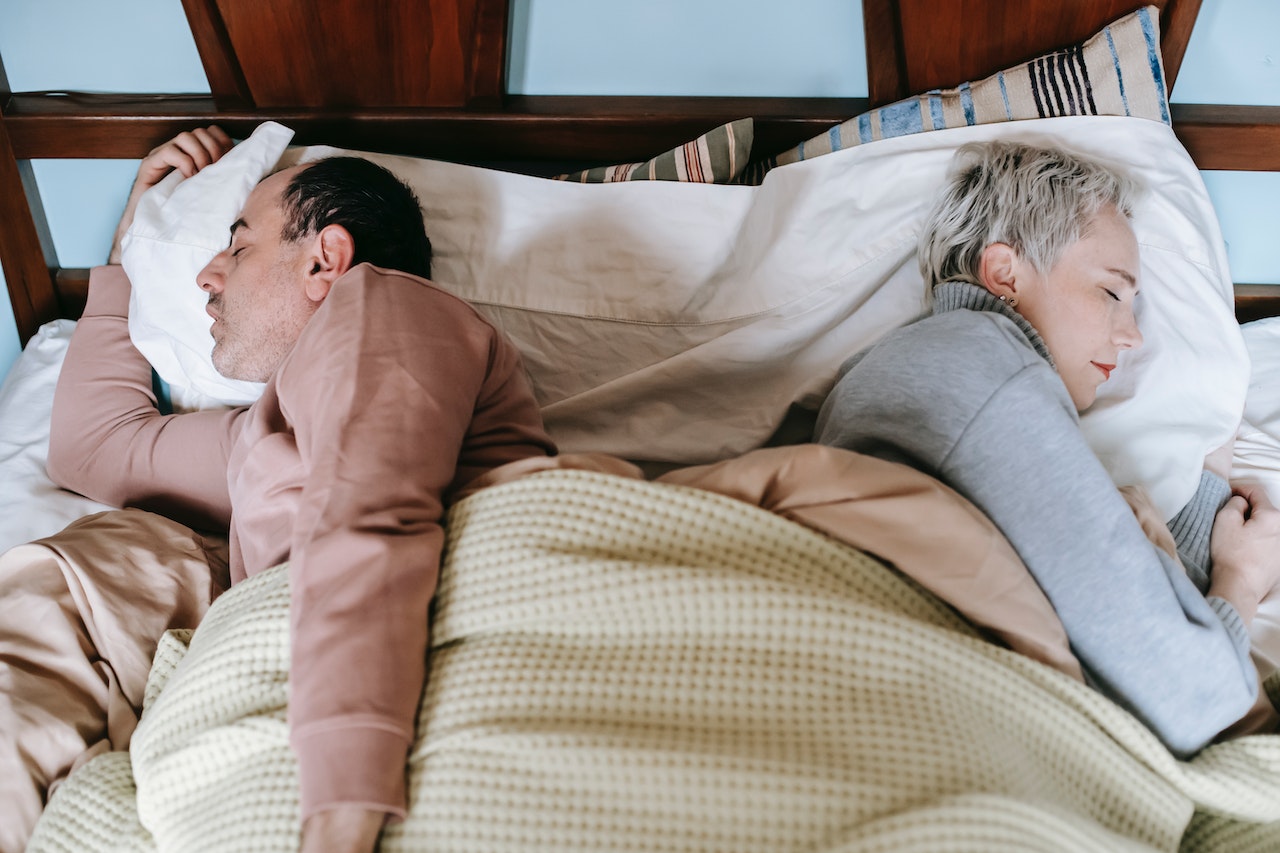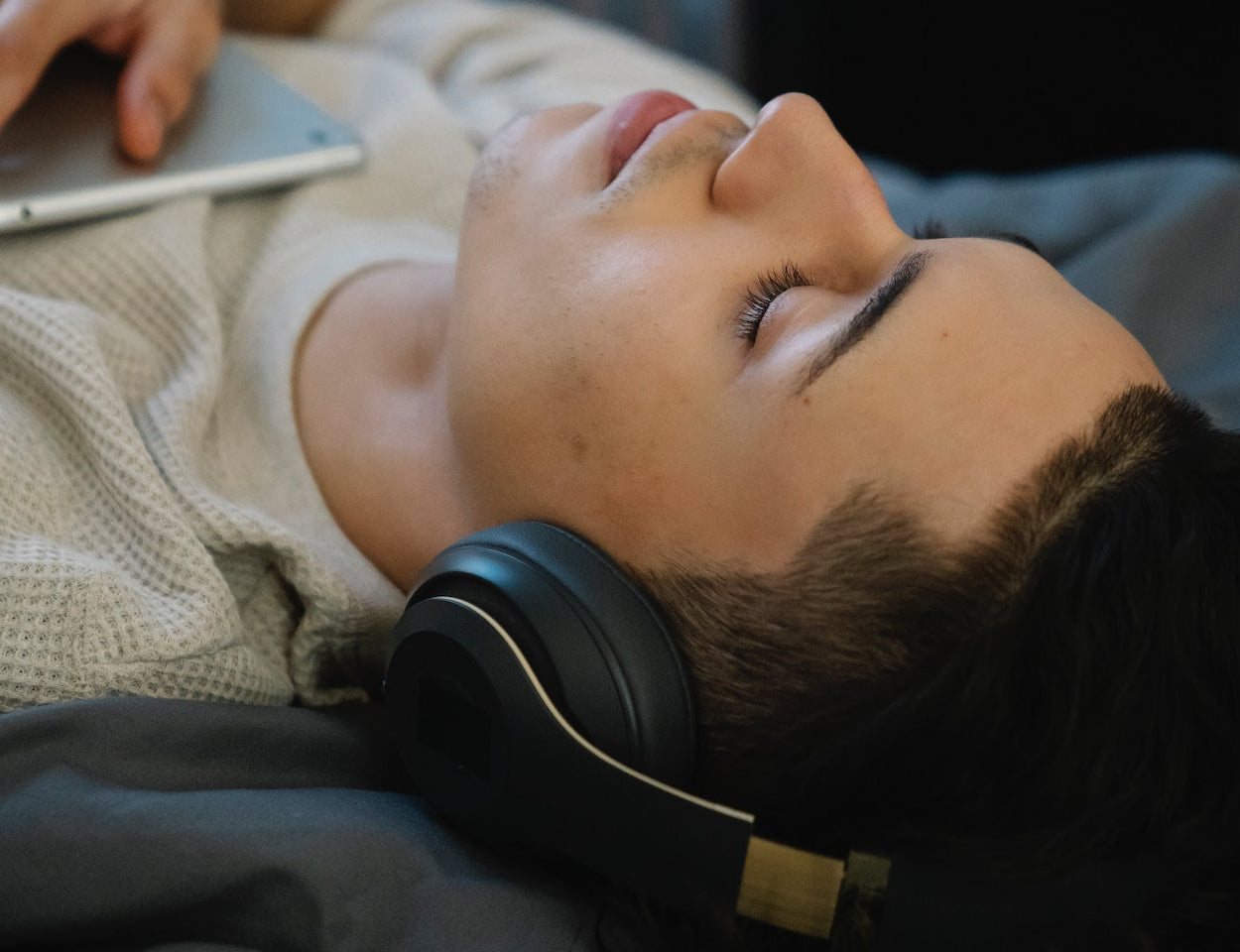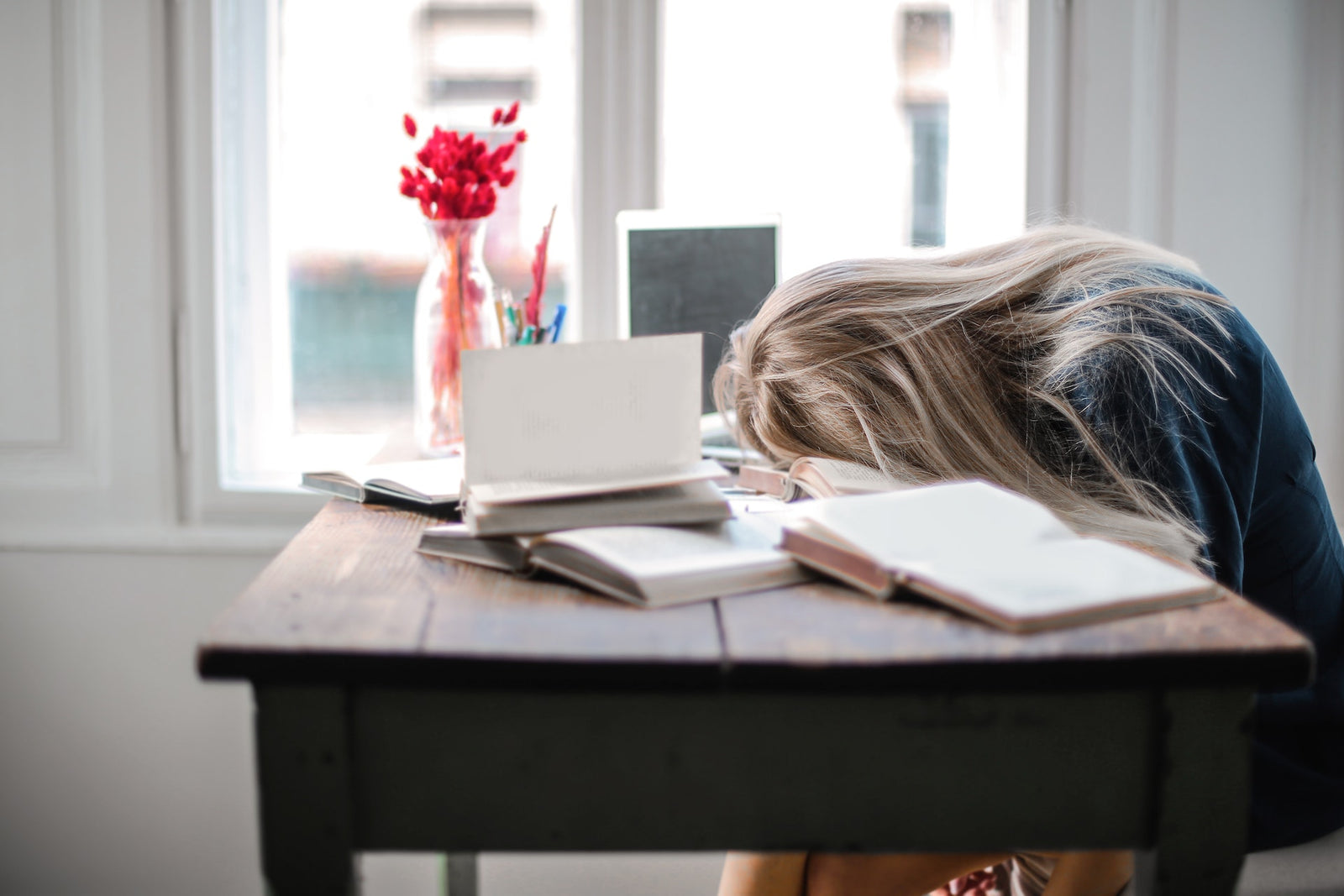Chances are, you were repeatedly told to sit up straight as a young child. Proper posture helps prevent back pain and misalignment throughout the body. That said, did you know that the posture of your tongue influences the positioning of your head and spine, too? Poor tongue posture leads to forward head posture, slouched shoulders, jaw pain, headaches, and more. But what makes or breaks tongue posture? A proper tongue posture includes sealed lips and slightly parted teeth with the tongue suctioned against the roof of the mouth at the front, middle, and back. This ensures nasal breathing over mouth breathing – which is great news for our airway health. Nasal breathing is the method of breathing we’re designed to use, but many of us are habitual mouth breathers, only worsening forward head and body posture. By maintaining proper tongue posture during the day, improved breathing and body posture follows. You can even work toward correcting forward head posture while sleeping by nasal breathing during the night with the help of mouth tape. While it may sound intimidating, mouth taping during sleep reinforces the proper lip seal and tongue posture required to keep the body in alignment.


